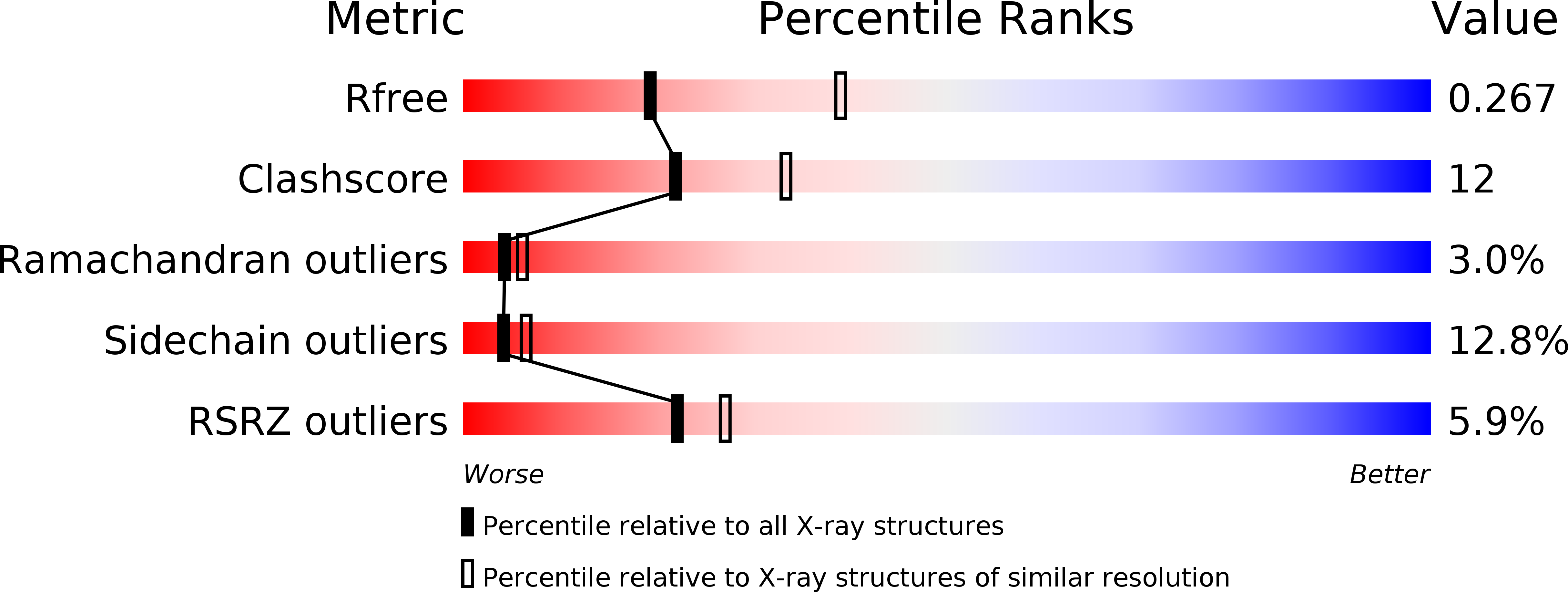
Deposition Date
2020-04-07
Release Date
2020-09-09
Last Version Date
2024-10-23
Entry Detail
PDB ID:
6WH9
Keywords:
Title:
Ketoreductase from module 1 of the 6-deoxyerythronolide B synthase (KR1) in complex with antibody fragment (Fab) 1D10
Biological Source:
Source Organism:
Saccharopolyspora erythraea (Taxon ID: 1836)
Homo sapiens (Taxon ID: 9606)
Homo sapiens (Taxon ID: 9606)
Host Organism:
Method Details:
Experimental Method:
Resolution:
2.75 Å
R-Value Free:
0.27
R-Value Work:
0.22
R-Value Observed:
0.23
Space Group:
C 1 2 1


